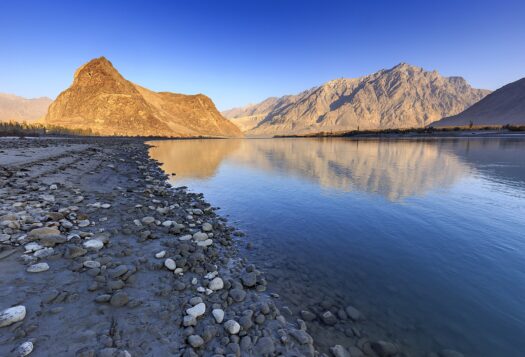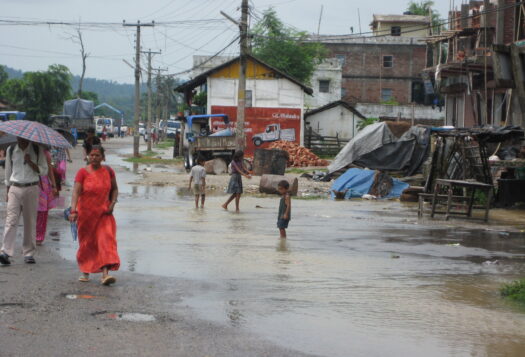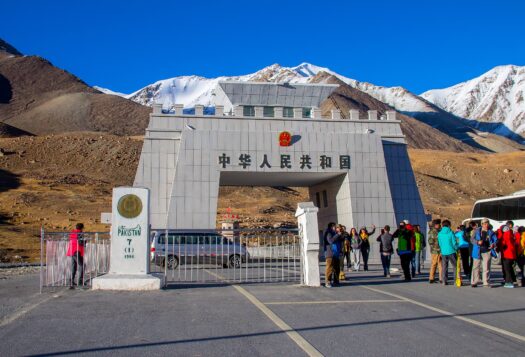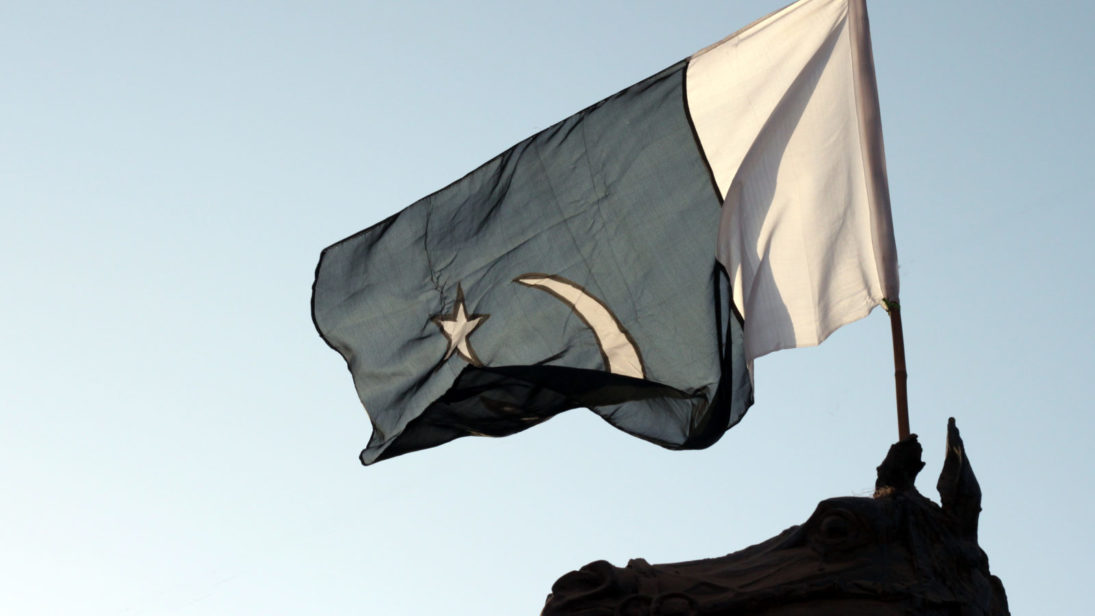
When it came to power in August 2018, the Pakistan Tehreek-e-Insaf (PTI) government promised to build a Naya Pakistan (new Pakistan) by improving the state of the economy, providing jobs and affordable housing, and fighting corruption. However, at the end of one year in office, the PTI government is far from fulfilling the major promises that it campaigned on and which catapulted it into power. In fact, the country’s gross domestic product (GDP) is down, fiscal deficit is at a three-decade-high, tax revenues have declined, key industries like manufacturing and agriculture have slowed, and inflation is in double digits.
Economic crises are not new to Pakistan. In fact, the PTI government inherited a high current account deficit from the previous Pakistan Muslim League-Nawaz (PML-N) government. Couple that with a balance of payments crisis and the Imran Khan government was forced to knock on the doors of the International Monetary Fund (IMF) in its first few months for a USD $6 billion loan. However, this loan came with strict demands to enact austerity measures and higher taxes, a tighter monetary policy, a depreciated rupee, and more, adding to the PTI’s woes and restricting its ability to achieve the economic goals it had set for its first year. If this past year is any indication, the PTI government has a long way to go to fix Pakistan’s economic problems.
Crunching the Numbers
At the end of the PTI government’s first year in office, Pakistan’s economic growth is stunted, business investment by the private sector has slowed down, and the standard of living has worsened, due to high inflation and low employment rates.
The severe austerity measures that Pakistan had to undertake as part of the IMF bailout program have slowed down its economic growth. While the government was estimating a 6.2 percent GDP growth in FY2019, Pakistan’s GDP came down to 3.29 percent, as compared to 5.8 percent in the past year. The World Bank now estimates that Pakistan’s GDP will further fall to 2.7 percent in 2020.
Lower growth comes on the back of a slowdown in the manufacturing sector, which fell 3.6 percent in the year, due to a higher cost of borrowing and production. The tight monetary and fiscal policies introduced by the PTI have led to the contraction of large-scale manufacturing industries for the first time in 10 years. The government cut energy subsidies, making petroleum and diesel more expensive. In addition, the country’s central bank, the State Bank of Pakistan (SBP), increased the key monetary rate from 8.5 percent in October 2018 to 13.25 percent in July 2019. While the interest rates have been increased in line with the IMF’s requirements and to rein in inflation, higher interest rates also discourage private investments and dry up liquidity in the system, leading to lower consumption and hence, lower GDP growth.
Foreign direct investment inflows have slumped in the past year—a massive 59 percent drop—to USD $73.4 million, indicating a fall in the investor sentiment for the Pakistani market and its currency.
Fiscal deficit numbers released in July also paint a grim picture. Fiscal deficit, which is the difference between the government’s income and expenditure, was at a three-decade high of 8.9 percent when expressed as a percentage of GDP, going up from 6.6 percent last year.
One of the only silver linings for Pakistan was that remittances—the money wired back home from its diaspora population overseas—increased by nearly 10 percent.
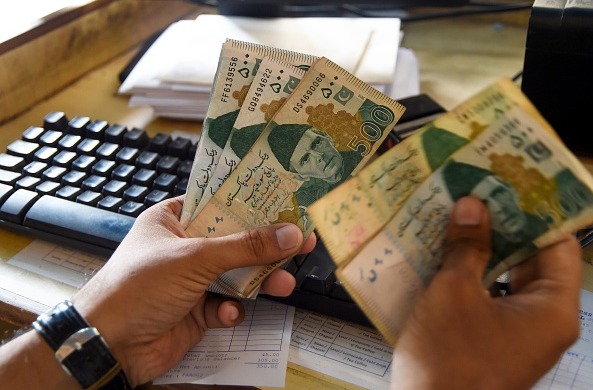
Obstacles and Missed Opportunities
It is important to note that most of the unpopular fiscal policies implemented by the PTI government in the last one year – rise in prices, increasing taxes on imports, tighter interest rates, and devaluing the rupee – were requirements of the much-needed IMF loan. Thus, many of Pakistan’s economic problems are structural and cannot be overcome in one year. However, the PTI government also failed to bring about the right policies to soften the blow of measures mandated by the IMF.
For instance, the IMF required Pakistan to curtail its expenses and increase its revenues, thereby reducing its fiscal deficit, which the PTI government agreed to do through heavy taxation. The government tried to broaden the tax base through various measures, such as amnesty schemes, and it claimed that taxpayers did increase by 137,000 during FY2018-19. The government also did away with zero-rated tax on key export industries like textile and leather products, bringing back a 17 percent sales tax on these products. In addition, the government made efforts to close the loopholes in the system by changing the taxation mechanism. However, as research shows, tax amnesty schemes are not particularly effective in increasing revenues and the PTI’s scheme only raised USD $70 billion in revenue, below expectation and even lower than a similar scheme floated by the PML-N in 2018. And overall revenues from tax remained flat. Instead, the PTI’s indirect taxes hit the poor and middle class in Pakistan, with inflation rising from 5.84 percent to 10 percent in a year, essential commodities becoming more expensive, and the job market shrinking. The new taxation mechanism introduced by the PTI government was complex and cumbersome, criticized by both traders and the business community, who were already struggling to attract customers due to high inflation. Furthermore, the reduction in imports also reduced the custom collections.
Another example of the PTI government not doing enough to counteract the country’s economic situation was failing to cash in on the biggest benefit of a weak rupee—an increase in exports. The Pakistani rupee weakened by 32 percent against the dollar, going from Rs 121 for a dollar in 2018 to Rs 160 to a dollar in 2019. A weak rupee means goods become cheaper for overseas buyers and exporters get more rupees for their dollar earnings. But Pakistan’s exports declined by 1.9 percent in the fiscal year gone by. Some of this, undeniably, is due to the rise in prices of imports, which made imported machinery and raw material expensive for Pakistani businesses. However, some of it is also because of structural problems such as Pakistan’s narrow exports basket, made up of mostly low value-added items and often not of a quality that can compete effectively in the international market, as well as the country’s heavy reliance on a few markets such as the United States, the United Kingdom, and the Middle East.
Pakistan’s Economic Future under PTI
The first year of the Khan-led PTI government has been a bumpy ride. The PTI, which made tall claims of reviving the economy and never knocking on the doors of the IMF, is struggling to meet any of its economic targets, largely due to the economic restrictions placed by the IMF. The PTI’s government’s inability to tackle these grave issues has led to growing resentment among the masses, affecting the party’s popularity.
The government would do better by easing some of its regressive taxation policies and reducing indirect taxes—which directly affect the common man—and by taxing the wealthy businessmen and landlords instead. It is also imperative that the PTI government look out for new export markets that will bring in more foreign reserves and reduce its dependency on loans and foreign aid.
With the first quarterly review of the IMF around the corner, these measures take on even more urgency for Pakistan.
Editor’s Note: August 2019 marked the first anniversary of the Pakistan Tehreek-e-Insaf’s ascent to power and Imran Khan’s first year in office as Pakistan’s prime minister. In this series, SAV contributors Fahad Nabeel, Fizza Batool, and Shahroo Malik assess Khan’s performance and that of his cabinet over the past year, analyzing the impact on Pakistan’s governance, economic development, and foreign relations. Read the entire series here.
***
Image 1: shahzebyounas-Flickr via Stimson Center
Image 2: Asif Hassan via Getty Images
